BOATsmart! Canada
Knowledge Base
Module 02 - Boating Rules, Regulations, and Equipment
Anchors and Anchor Types
If you’re operating a boat that is 9 m in length or longer you are required to carry an anchor. The anchor must be fitted with at least 15, 30 or 50 m of cable, rope or chain in any combination depending on the length of your boat.
Your anchor can be used during an engine failure emergency, or during bad weather to keep you from drifting towards obstacles.
Choosing the right anchor depends on the size and weight of your boat and the characteristics of the waterway bottom (i.e. sand, rock or mud).
Anchor Types:

‘Fisherman’ anchors are a non-burying anchor type. They have one arm that penetrates the waterway bottom and are best used for rocky areas.
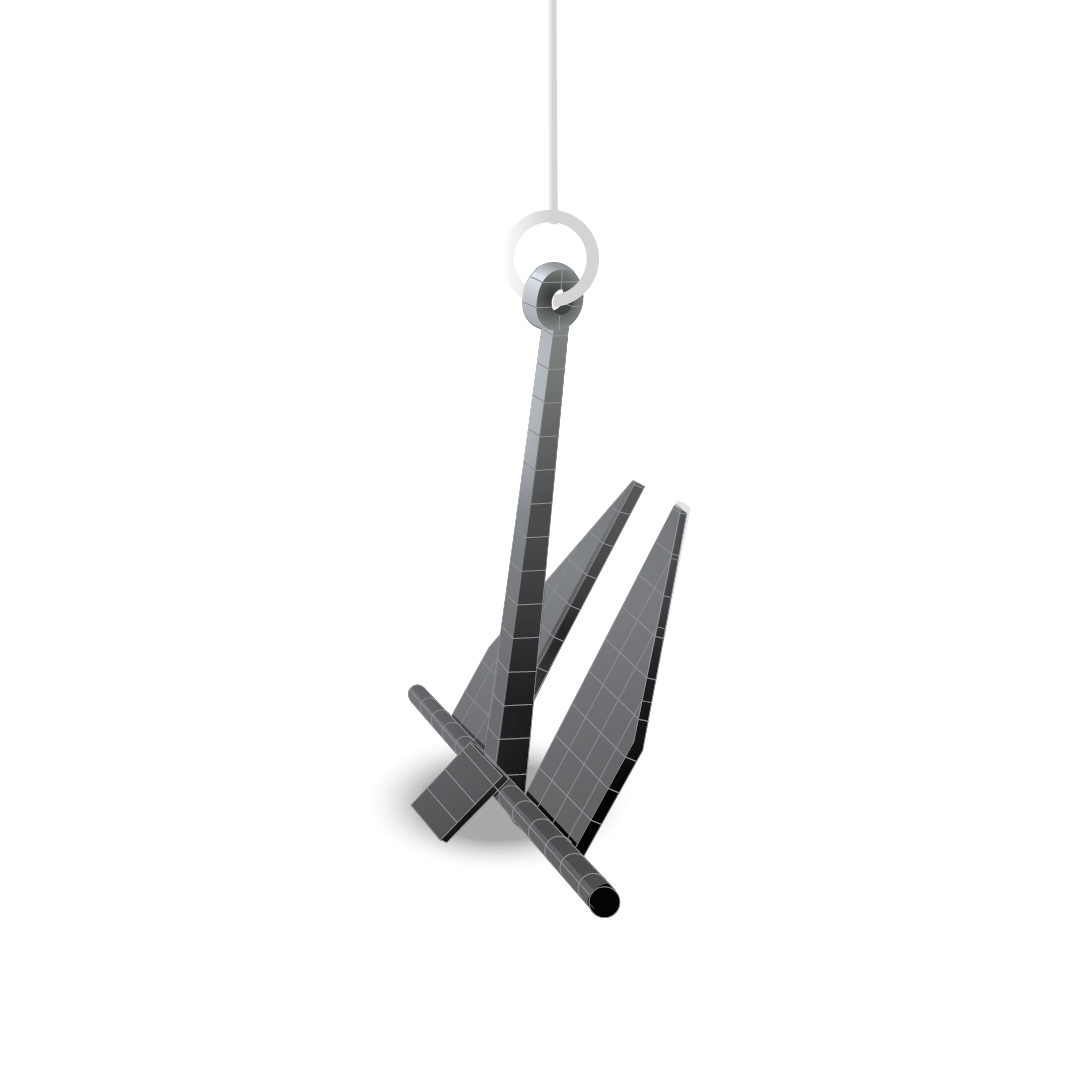
‘Fluke’ or ‘Danforth’ anchors have pointed flukes that dig into the ground, they are best used for grassy or muddy waterway bottoms.
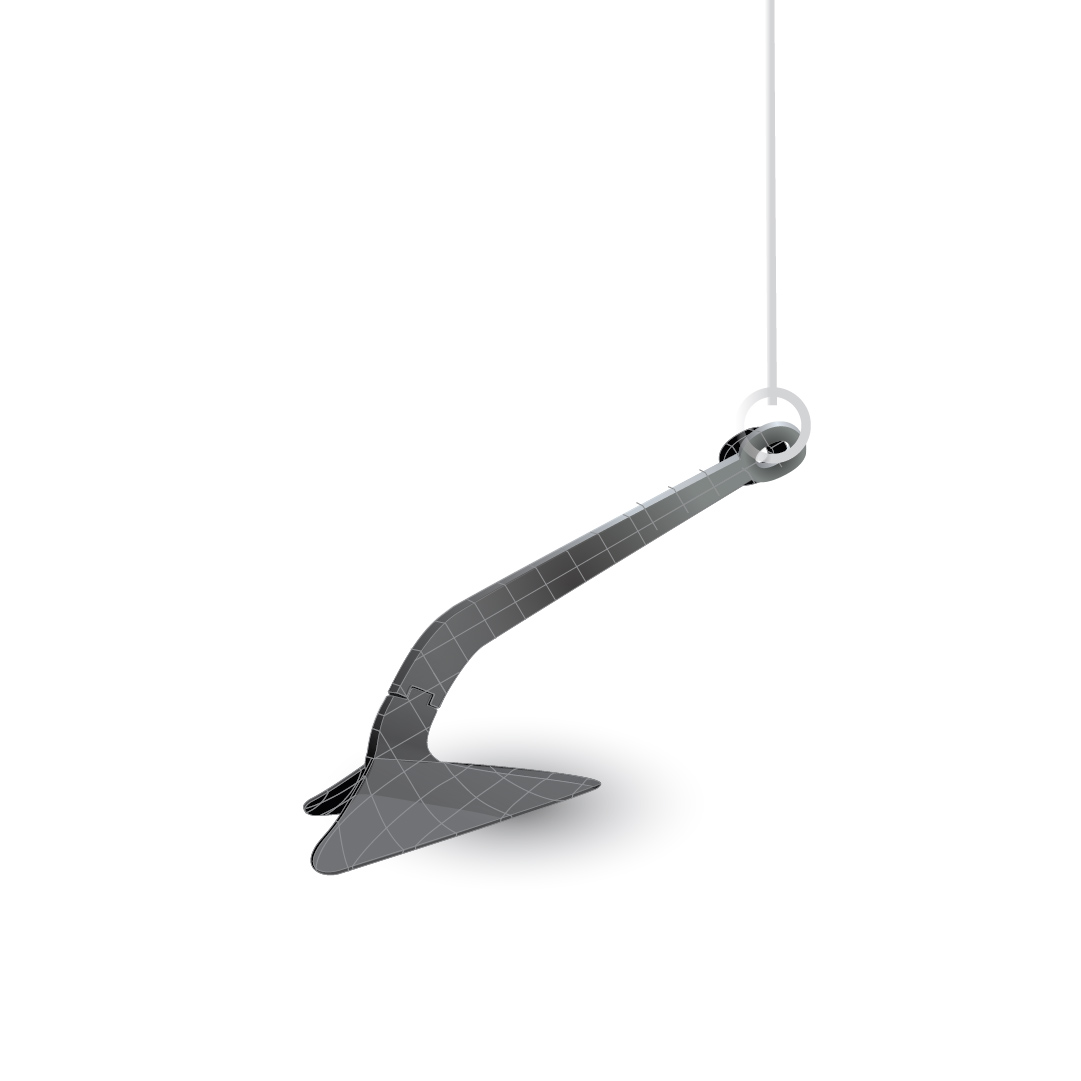
‘Plough’ anchors function like a farmer’s plough, by digging themselves into the waterway bottom. These anchors can be harder to set and are best used in rocky areas.
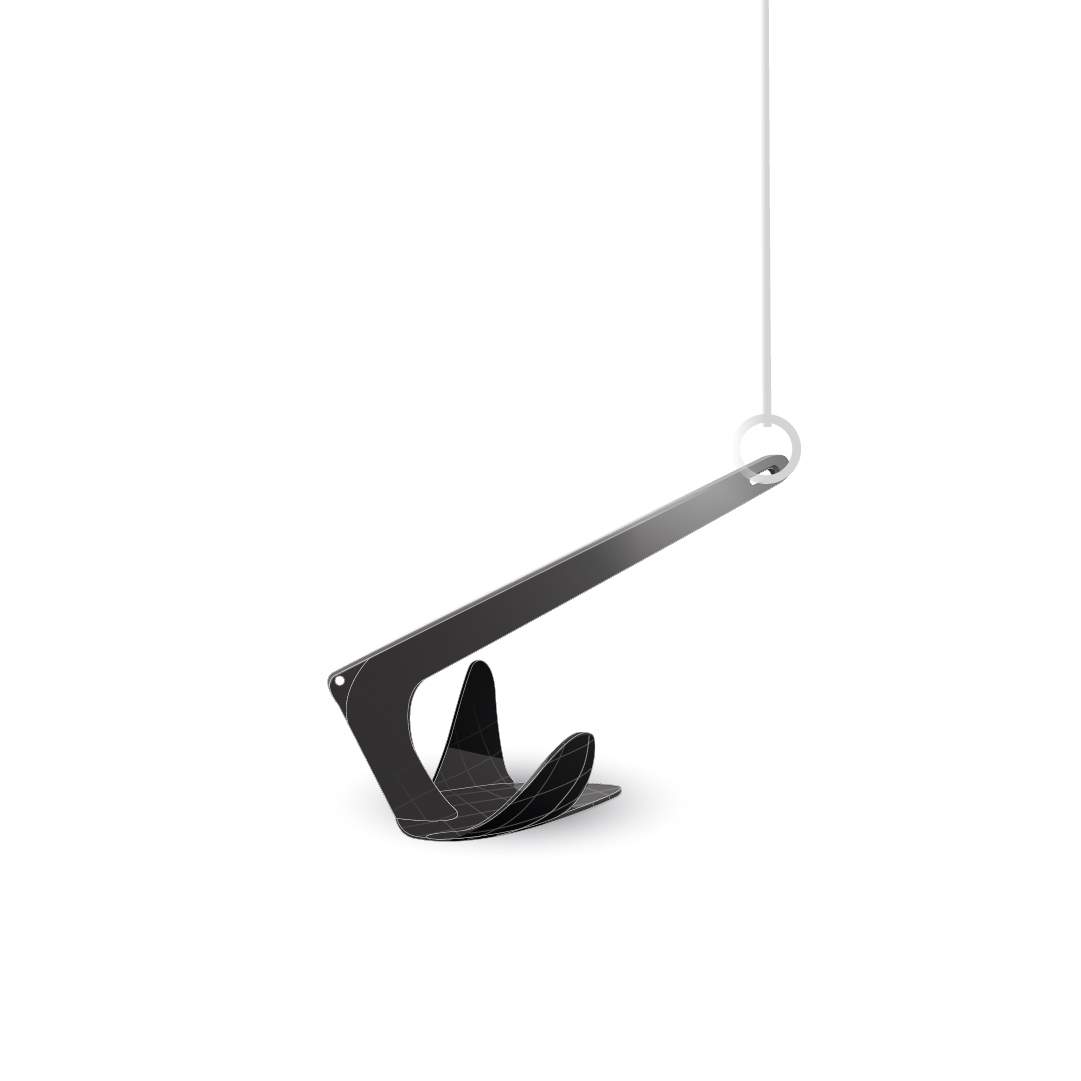
'Bruce’ or ‘Claw’ anchors are popular for small boats because they set easily, tend to maintain their hold and can be used in most waterway bottoms.
Remember to securely fasten the end of your anchor line to the bow of your boat, and to securely attach the outboard end of the anchor line to the anchor!
If you’re using a shackle pin to secure your anchor to the anchor line, be sure that the pin is equipped with a locking device.
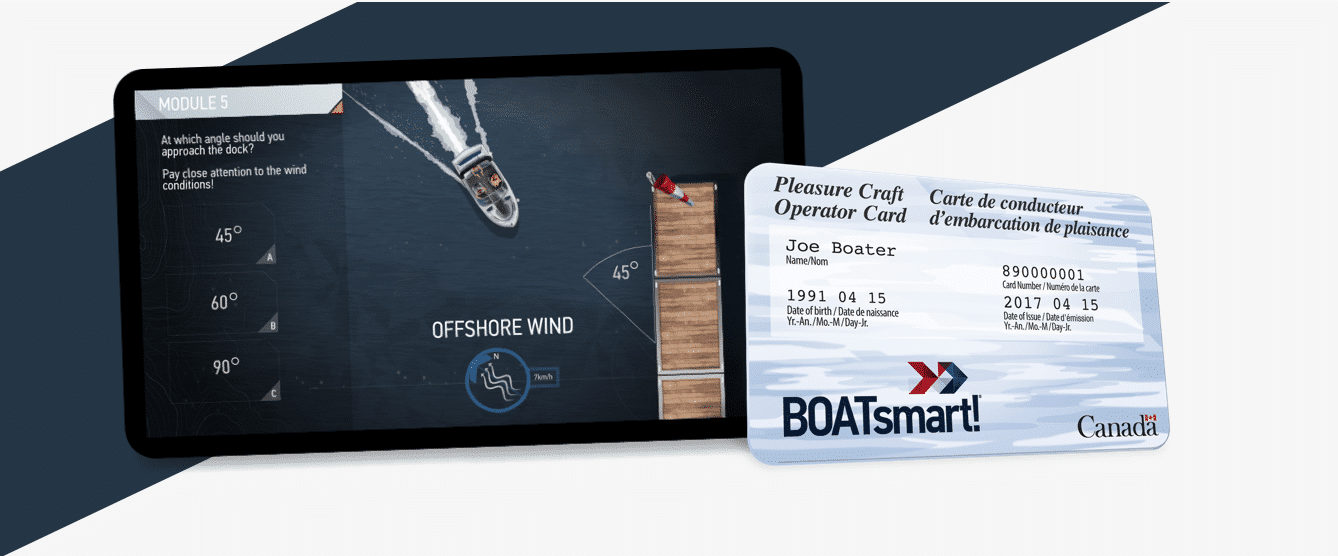
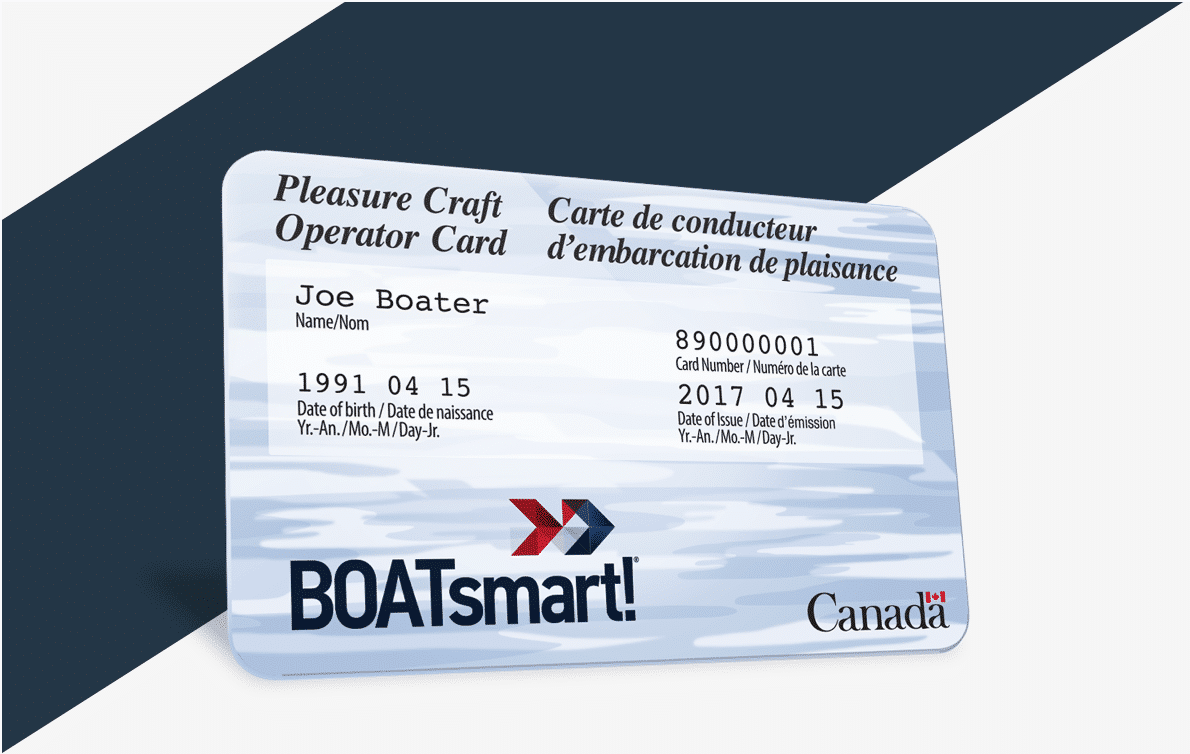
Get your Official Canadian
Boating License
The Official Transport Canada Boating Course, Test & License.
Get your Official Canadian
Boating License
The Official Transport Canada Boating
Course, Test & License.



